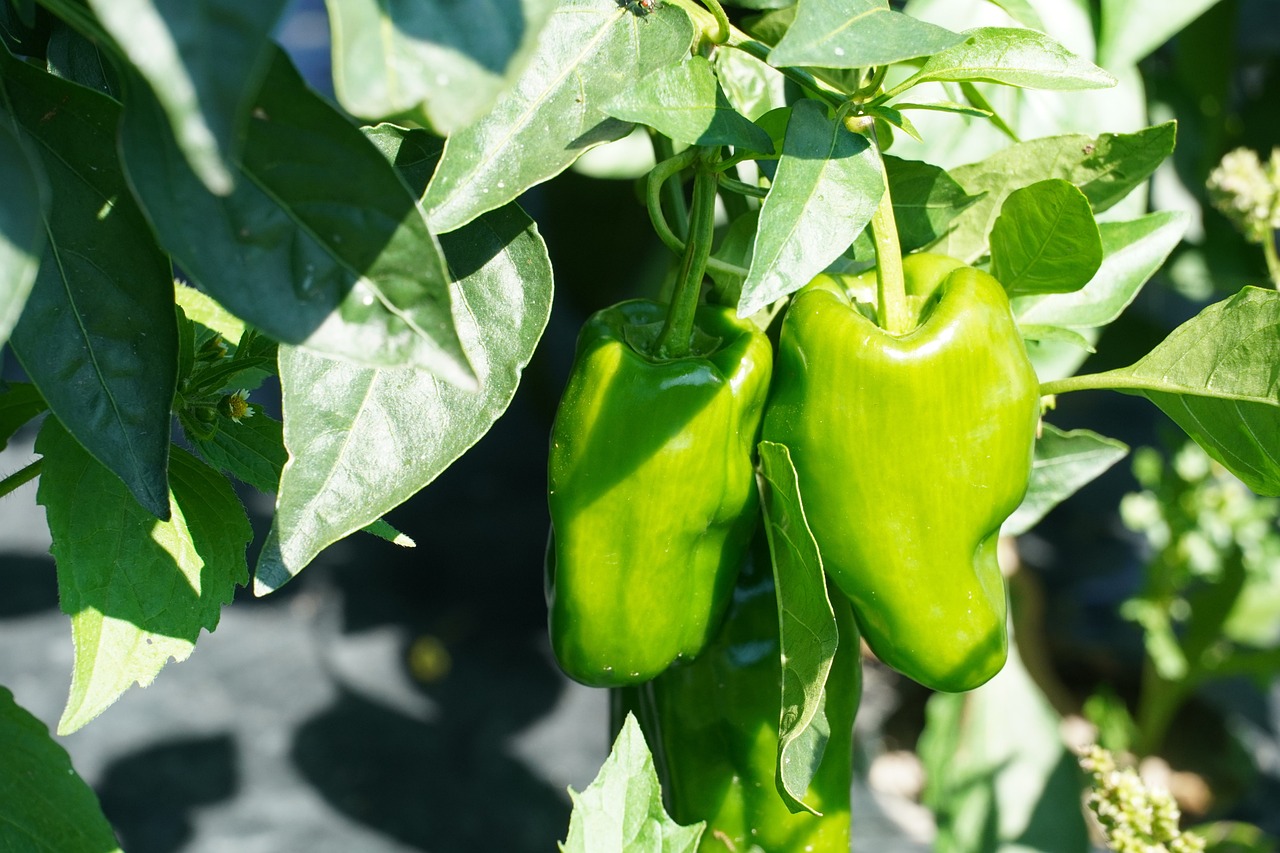See tips on evaluating salt levels in your field to ensure that salt leaching is not harming your vegetable crops.
Florida is a peninsula surrounded by salt water, and salt leaching can be a danger to your vegetable crops. A Growing Produce article shared tips for evaluating salt levels in your field to ensure that salt is not damaging your vegetable crops. Explore the details below.
Evaluating Salt Levels in Your Fields
The article shared the following tips for evaluating salt levels in your field:
Signs and Symptoms
- “You may see white precipitate on the soil surface that is indicative of salts.”
- “You might see symptoms on the margins of the leaves that look like salt damage…”
- You may see “some plants may be stunted or growing slowly.”
Testing
- “Rule out disease or insect pests.”
- “The first step is to collect samples of your irrigation water and soil for salinity analysis.
- “Be sure that no fertilizer is being injected into the irrigation water when it is sampled.”
- “It is useful to compare soil salinity in symptomatic and asymptomatic areas of the field.”
- “Soil samples should be collect-ed from several depths within the root zone and below the root zone.”
- “If salinity increases with depth there is likely sufficient leaching. But if salinity is highest near the surface where roots are concentrated, then leaching was probably not adequate.”
- “For drip-irrigated crops, you may want to compare the salinity level of the soil near and away from the drip line. Water applied by drip usually pushes salts out to the sides of the beds as well as downward.”
Measuring Salinity
- “The next step is to measure the salinity of the water and soil samples. The most common method is to measure the electrical conductivity (EC), which can be related to the concentration of all dissolved salts in a sample.”
Measuring salinity can be done by:
- Use “a conductivity meter that measures EC in units of deciSiemens per meter (dS/m). The EC of the water will be greater as the concentration of dissolve salts increases. The same is true for soil.”
- “To remove the effect of water content on electrical conductivity, measurements should be made on a saturated paste extract. To create a saturated paste, distilled water is added to a known weight of air-dry soil to the point where all pore spaces are filled.”
- “After the soil equilibrates with the added water, extract the solution from the soil paste by applying suction using filter paper and a vacuum pump.
- The EC of the extract solution is then measured using a conductivity meter. Many laboratories will measure soil EC based on an extract of a saturated soil paste, but other laboratories may add water to soil at a predetermined ratio of 1:1 or 2:1.”
- Compare results against published thresholds for salt tolerance of crops.
The article adds that “The water-to-soil ratio is critical to know because extra water will dilute the salts in the extract and give lower soil salinity values. Also, published thresholds for salt tolerance of crops have been established using saturated paste extracts.”
Griffin Fertilizer is committed to helping both growers and ranchers make sound agronomic and economic decisions in order to maximize the health of their grove and pasture. As a full-service custom dry & liquid fertilizer blender and crop protection product distributor, we will continue our mission to further advance Florida agriculture. For questions or concerns about your farm or pasture, contact us and one of our team will be in touch.

